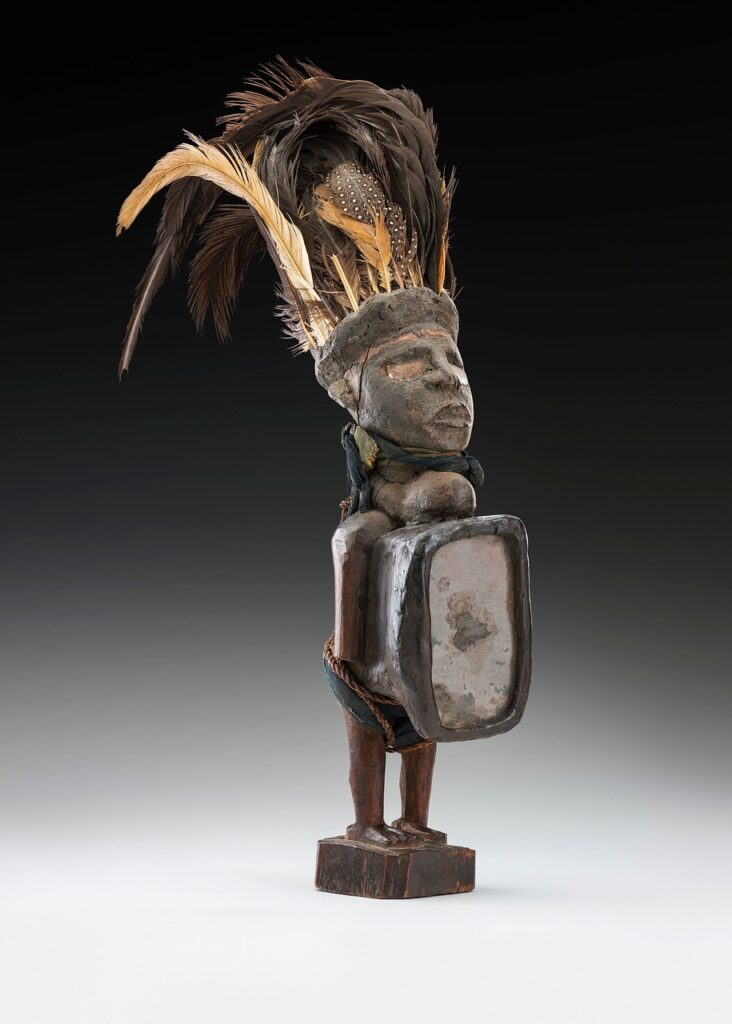Many African states reacted to the fall of the Mali & Songhay empire in an indirect & direct way. Atlantic commerce provided a way forward to glory and power for those decently close to the coastline & Portuguese/Spanish pleasantries made it enticing for those in West & West-Central Africa to follow the wave. This made 17th century was the most transformative period in Atlantic African history, with the seeds sown from the 16th century being its energy & driver. During the second half of this century, European powers like Great Britain, France, & Holland saw the wealth of the Spanish/Portuguese & looked to make exponential profits and gains in their own territories. Here are the top 10 states/kingdoms of Atlantic Africa that made their presence known during that time period.
1. Oyo Kingdom

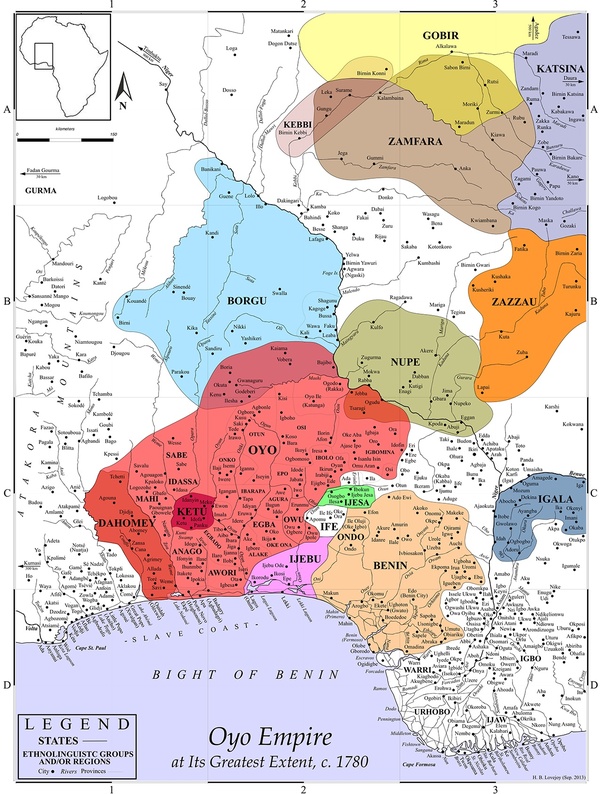
The largest of all of the states formed by Yoruba speaking peoples in today’s southwestern Nigeria & southern Benin. Known for having one of the most deified monarchies in the world, this kingdom came to be during the early 1500s & was under the yoke of larger established kingdoms such as the Bini kingdom, & the Borgu/Nupe kingdoms to its northern fringes. The sacking of its capital by Nupe stirred many emotions & jumpstarted the expansion of its empire from the 1600s onwards. Using their pivotal location between Trans-Saharan & Trans-Atlantic trade routes, they were able to secure horses from northern trades routes and develop an effective calvary, extending their influence from the old Bini kingdom all the way to the Akwamu Empire of today’s Ghana.
2. Kaabu Empire

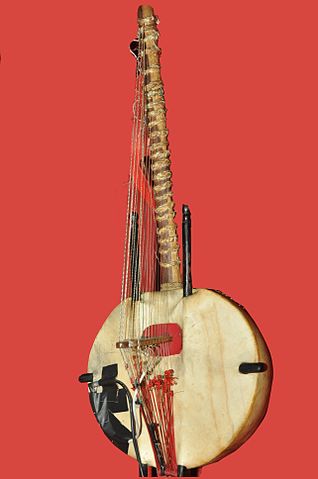
Home to the kora (which influenced the banjo & other types of music in 17th century Latin America), this empire is centered around today’s Senegambia & Guinea-Bissau, this empire was formerly a province of the old Mali Empire. After it’s fall, its Mandinka governor Tiramakhan Traore decided to go ahead & conquer surrounding states and found the Empire of Kaabu. The kingdom was the most powerful entity of its other breakup Mande counterparts, exacting taxes in form of cloth & cotton from surrounding peoples. These taxes were enforced by the military aristocracy called the nyantios, who raided and waged war on their neighbors frequently and sent many as enslaved people to the Spanish Caribbean/Americas.
3. Ndongo Kingdom
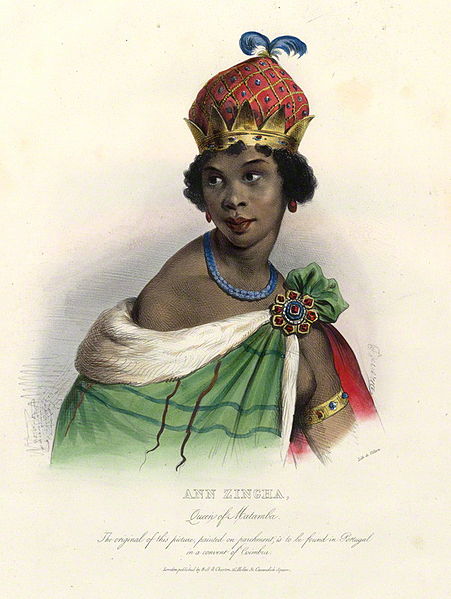
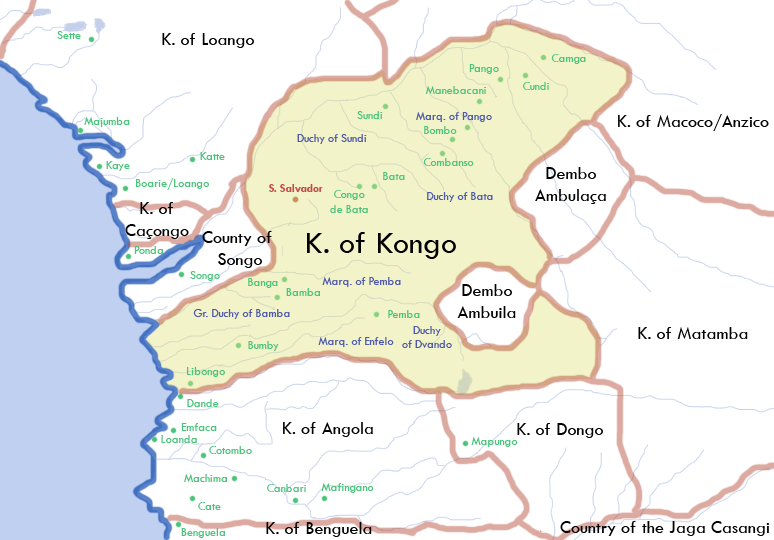
Founded in the late 15th century, in the highlands east of Luanda, this kingdom was mainly an Ambundu tributary state of the Kongo Kingdom up until the 1600s. A mostly matrilineal society, it was able to advocate for itself sometimes, mostly with Portuguese assistance. This assistance wasn’t for free however, and soon, the Portuguese were meddling into the affairs of the Ndongo & other various Ambundu people. They recruited many Kasanje (more on them later) when they made war on the Ndongo state, replacing ruler after ruler who were more in line with their interests. This resulted in the breakup of Ndongo into a decentralized society led by sobas & many of the subsequent captives being sent to places like the Spanish Caribbean & Brazil.
4. Kasanje

Also known as the Kingdom of the Jagas, this Atlantic African state was centered in today’s Angola in the Malanje region north of the Kwango River. Initially founded by Kimbundu speaking peoples along the southern coastline or Lunda migrants, they alternated between male & female military leaders regularly. They began to become powerful during the mid 17th century when they partnered with the Portuguese, using their military-esque culture to wreak havoc on Bakongo & Ambundu peoples near them. They were noted for pounding newborn infants captured in war to make ointments & incorporating able-bodied people into their army(a practice largely stopped after they began to shift towards a more egalitarian culture during the 1700s.)
5. Matamba Kingdom
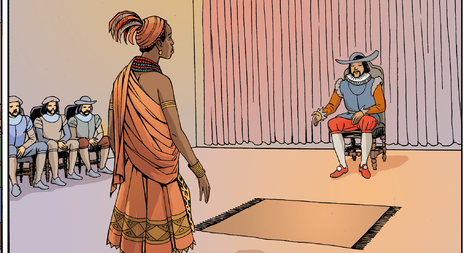
Also located in Angola, this kingdom shared more in common with its sister Ambundu kingdom of Ndongo & was also under the loose yoke of the Kongo Kingdom until around 1550. Frequently ran by female monarchs, it was annexed into Ndongo by Queen Jinga Mbande during the 1630s and it became the site of many wars with the Portuguese, rivals to Jinga’s throne & the Imbangala (Kasanje) who assisted them. Peace reigned during the 1650s after talks with the Portuguese and then became commonplace after the 1660s to the end of the century. Many people from this kingdom were forcibly sent to the Americas, mostly to Brazil & some to the Spanish Caribbean.
6. Denkyira Kingdom
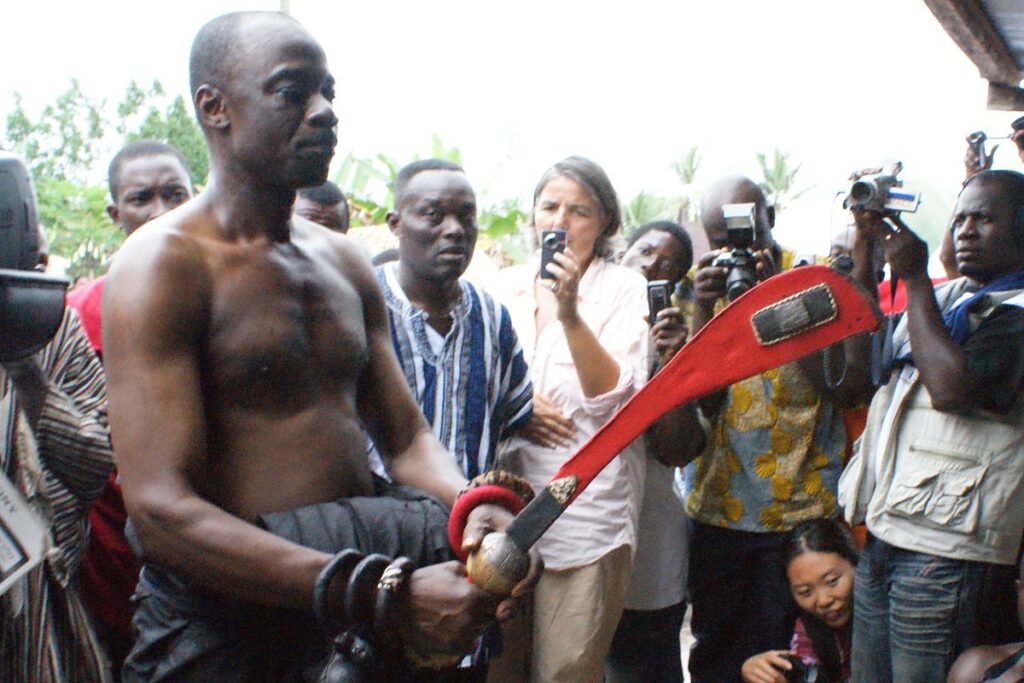

A huge player when it came to the gold trade, the Akan kingdom of Denkyira(known as Agona before 1620) is located in the southwestern part of today’s Ghana, sandwiched between its sister Assin & Asante(Kwaman at the time) Akan kingdoms & Borbor Fante/Guan states on the coast. Its position allowed them to trade mainly with the Dutch centered in Elmina and the British centered around Cape Coast Castle. Growing rich from securing gold and slaves from other Akan tributary states, they consolidated their power through buying rum, guns & cloth. Their ironfist rule was frowned upon for much of the century & this led to their downfall in 1701 by the Asante.
7. Akwamu Kingdom
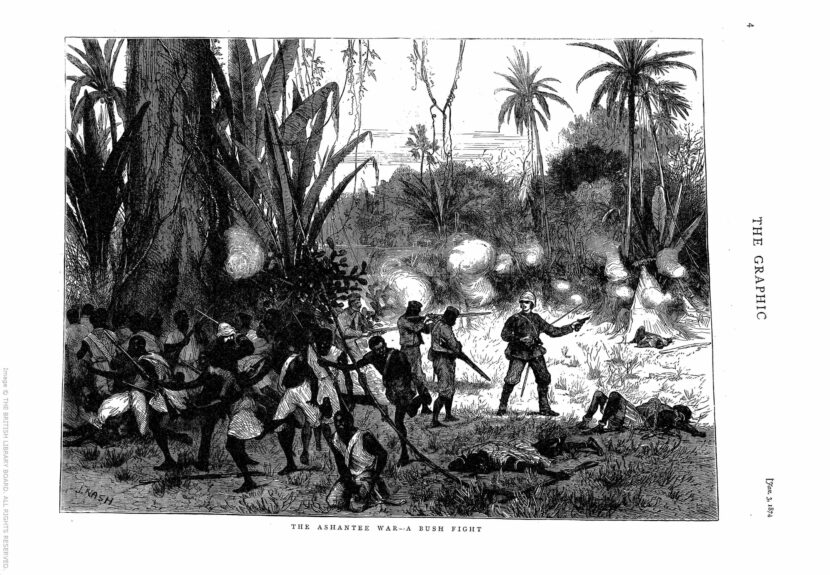
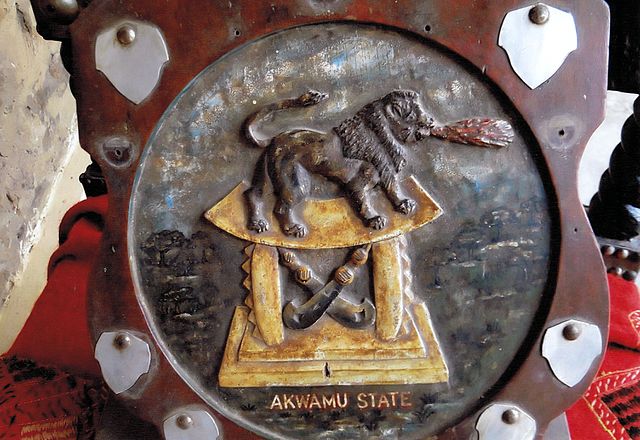
Known as the no.2 of the larger empires of today’s Ghana during the 17th century, this kingdom was located near the southeastern part of Ghana, bordering the Akan Akyem to its east. They traded with the British & Danish forts along the coast of Ada, Keta & Accra after conquering those states. Its southeastern position also allowed for them to do business with northern kingdoms associated with the Trans-Sahara trade. Firearms brought a revolutionary stance to the way their military was organized, going from melee bow and javelin formations to an organized left, right and center flank unit-based force. This allowed them to control peoples all the way to today’s Anlo & Aneho & rub shoulders with Allada in today’s Benin.
8. Hueda Kingdom
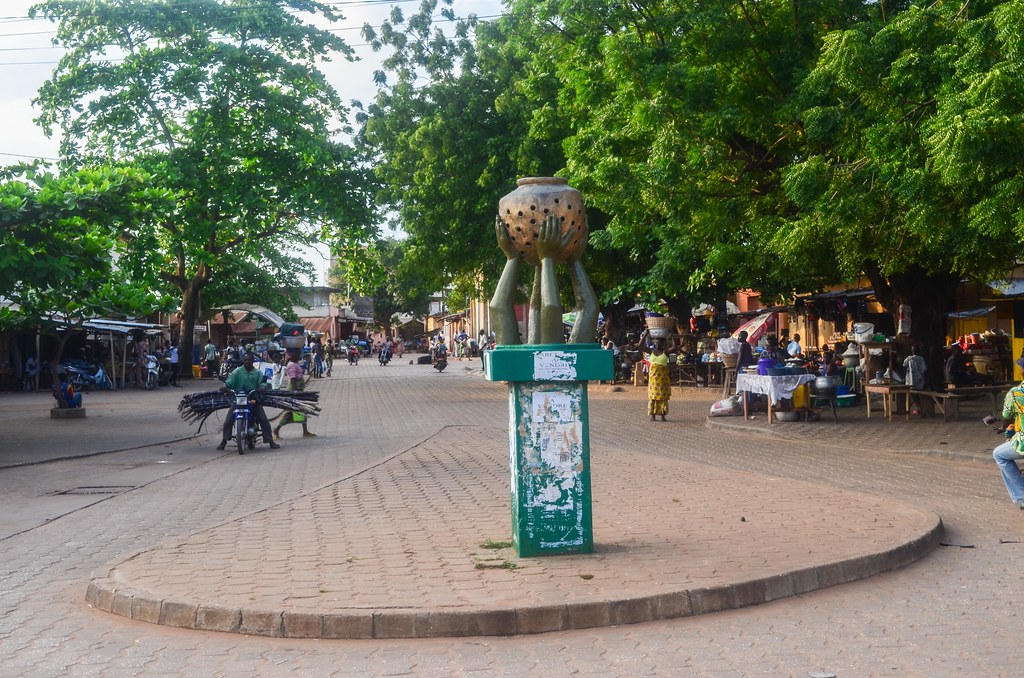
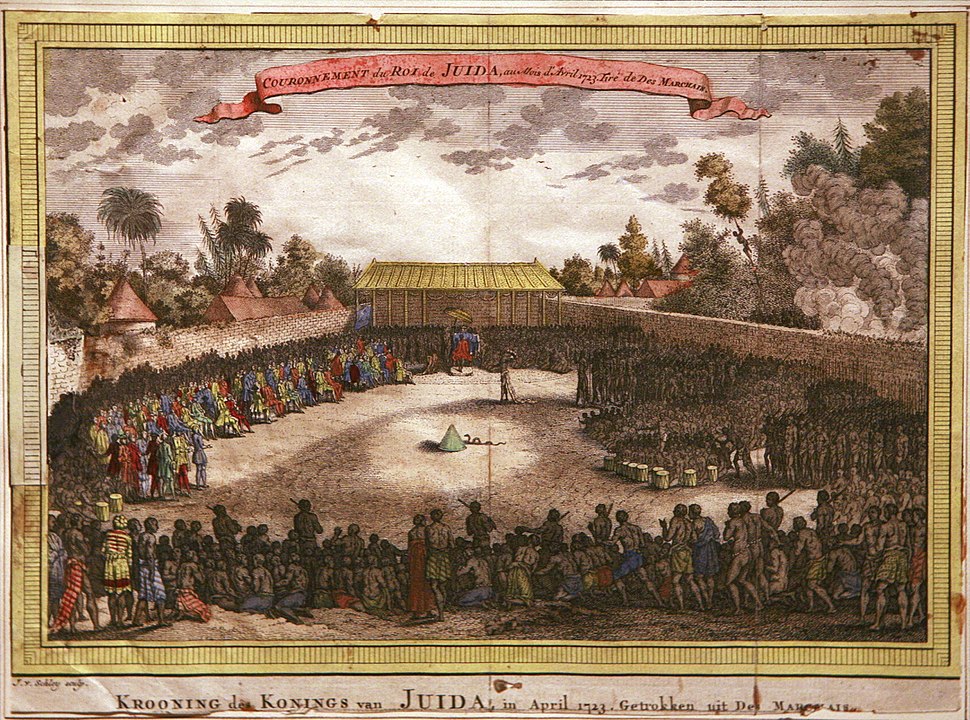
A very Lilliputian state bordering Allada, this state(in today’s modern day Togo/Benin area) came to be around the 1580s. Similar to their Aja & Oyo neighbors, they created a state where monarchs were deified, revered & worshipped. With their capital at Savi & their trading centre at infamous Ouidah-Glehue, trade here was free for all with many European powers coming to the area to trade mostly for enslaved people. The Allada kingdom further inland fought with their Hueda vassal bitterly over unpaid profits & this culminated into incessant wars & the downfall of Allada. It also led to Ouidah(Whydah) becoming a powerhouse trading city in the 1680s.
9. GRand Popo State
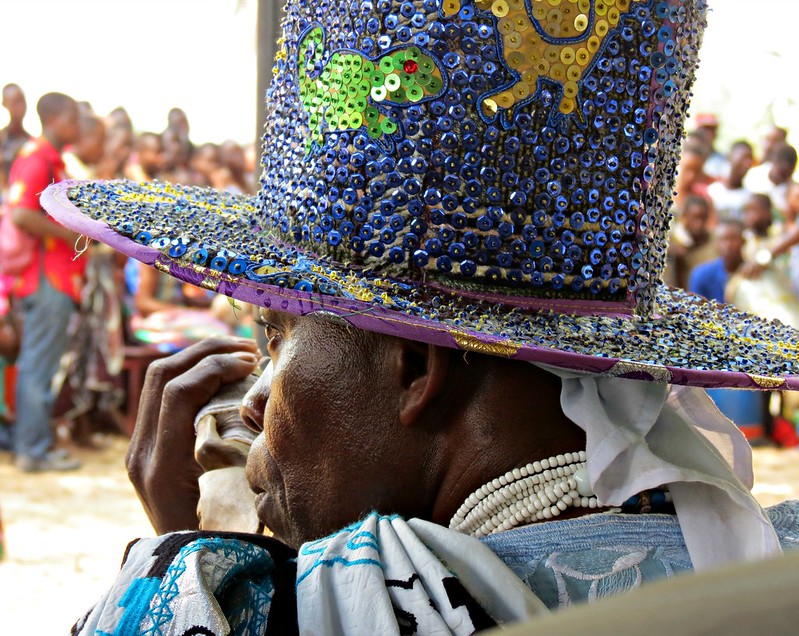

Similar to Hueda, this was a fairly small Lilliputian state that was influenced by the Akan kingdom of Akwamu to its west & Allada to its east. Initially inhabited by the indigenous Hula people, they were the supreme power of the region till Allada fought for its independence & took control during the 17th century. Yet, it still was recognized as the master of the Mono lagoon in some sense. Most of its surrounding polities (and Europeans) recognized the spiritual powers associated with these peoples & the lagoon they inhabited.
10. Anziku(Teke)Kingdom
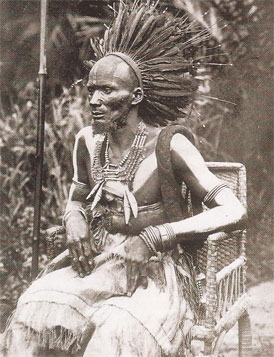

Known for breeding the Basenji dog for hunting purposes, this Bateke kingdom was a thorn in their flesh during the 15th & 16th century. Copper & cloth were commodities of value for most of the kingdoms centered in West-Central Africa & these materials (especially copper) were centered in their lands. The kingdom was structured around a centralized monarch called the Makoko & he ruled over 13 vassals, with their own set of kings/governors. The Bateke supplied people to the Malebo pool during the 1600s, many of whom would be sent to the Loango & Congo River. Afterwards, these people probably ended up in the Spanish colonies, Caribbean & Brazil.
